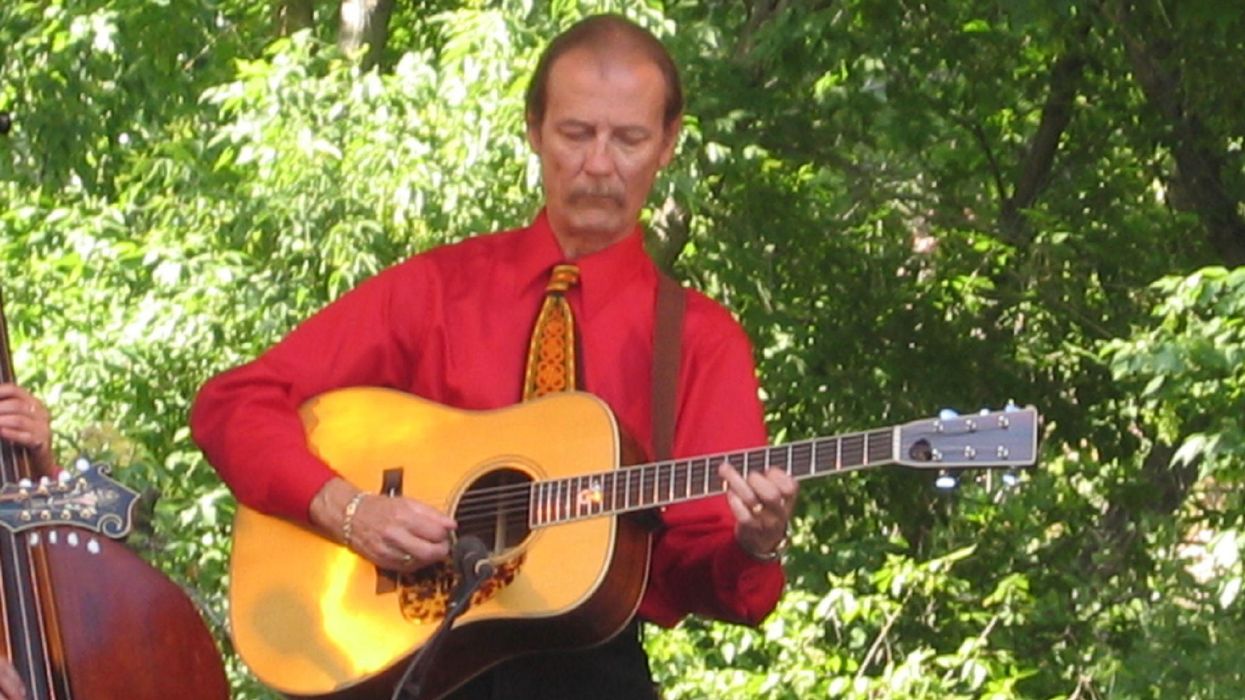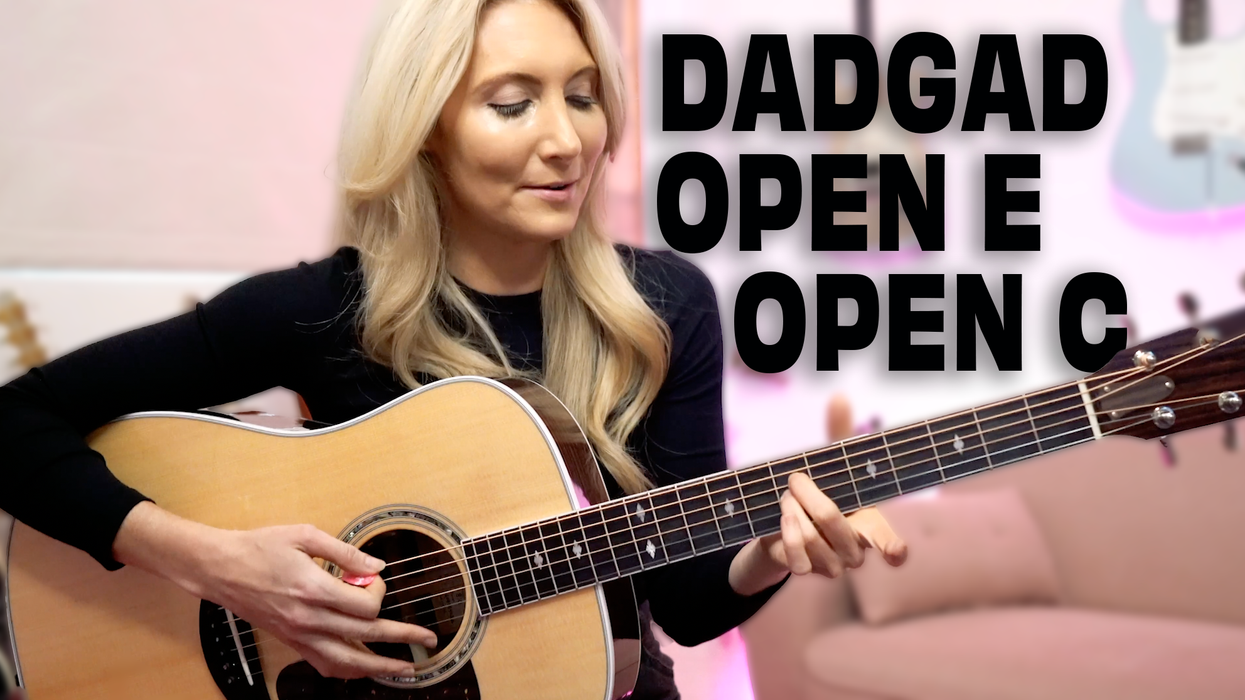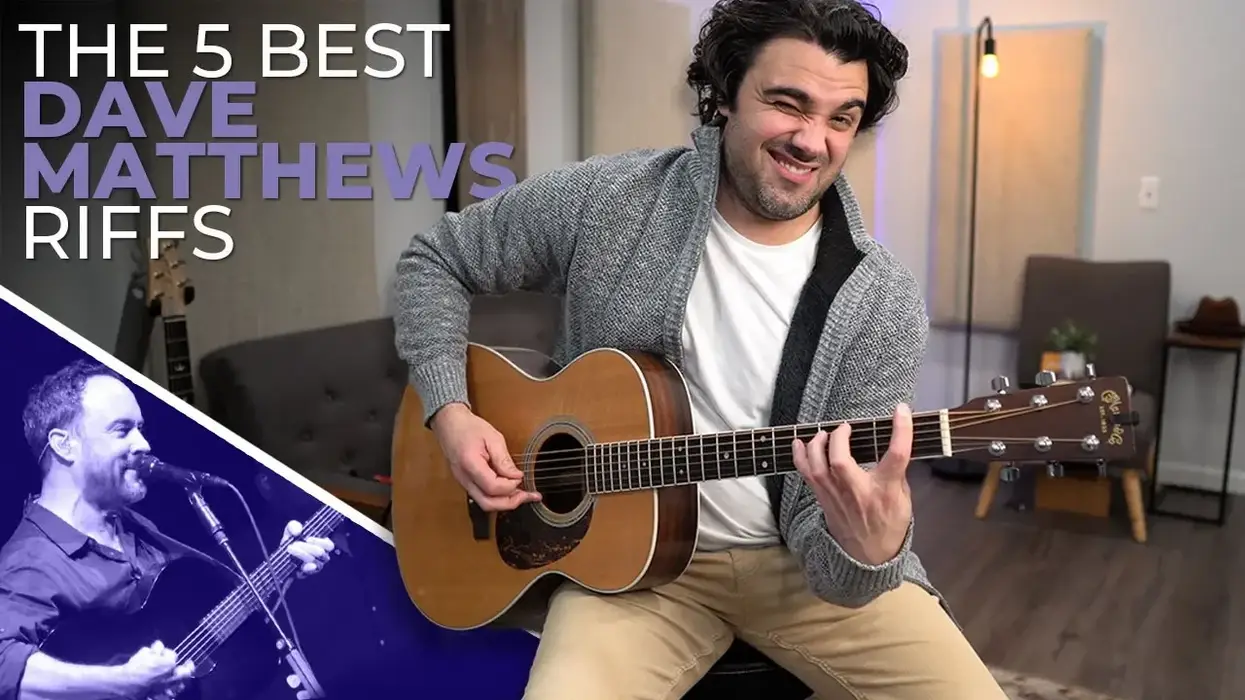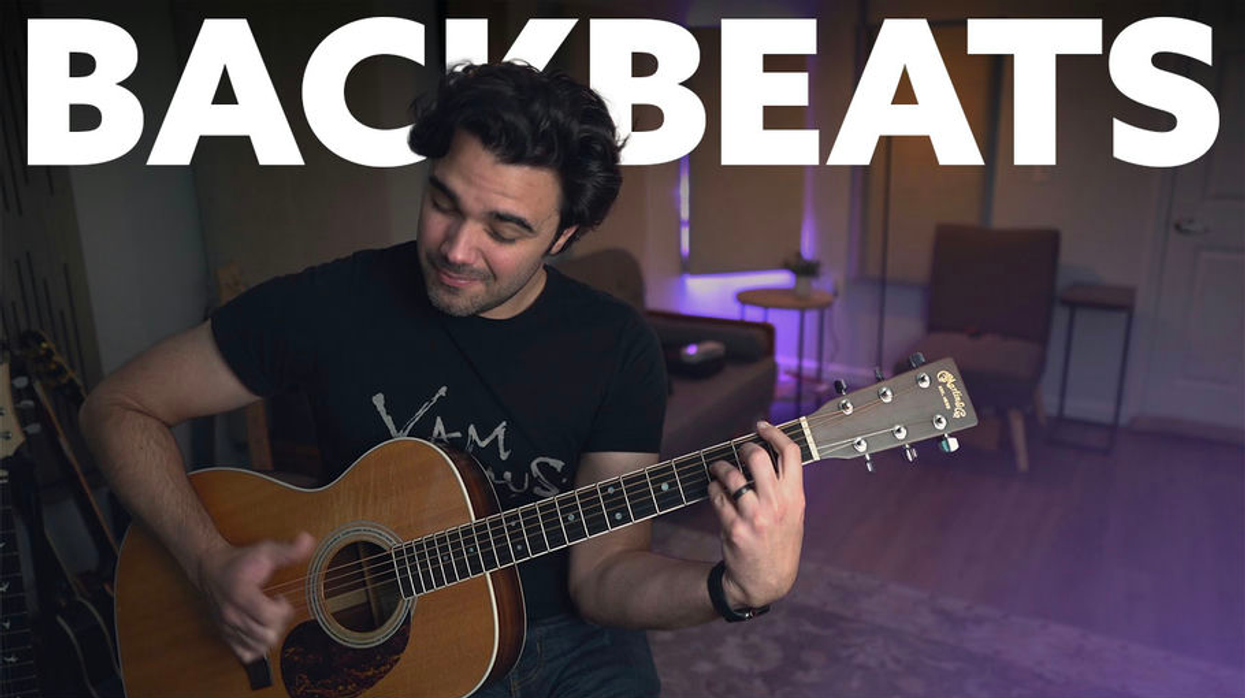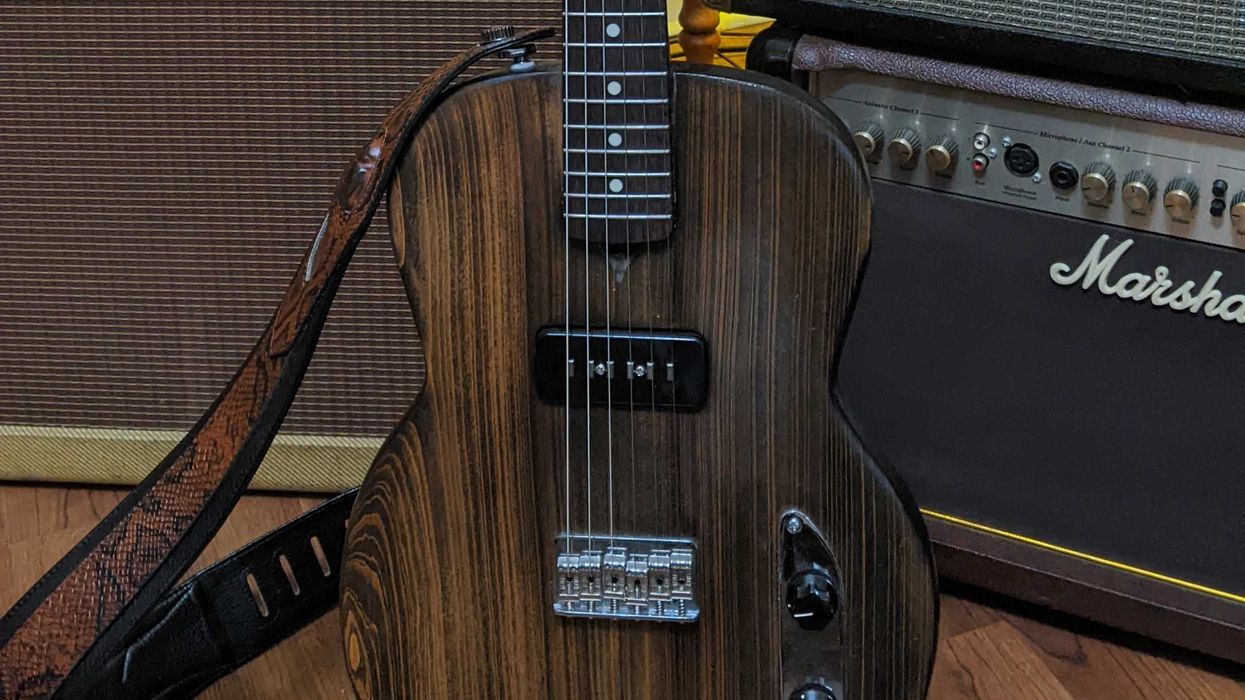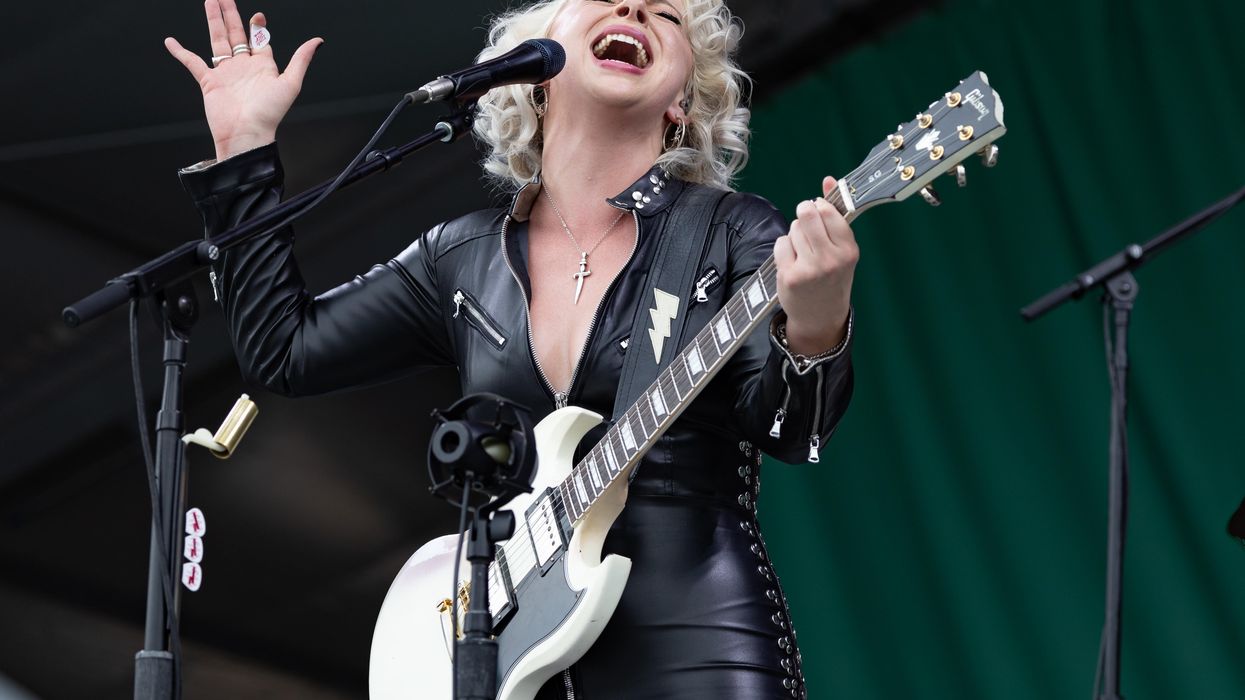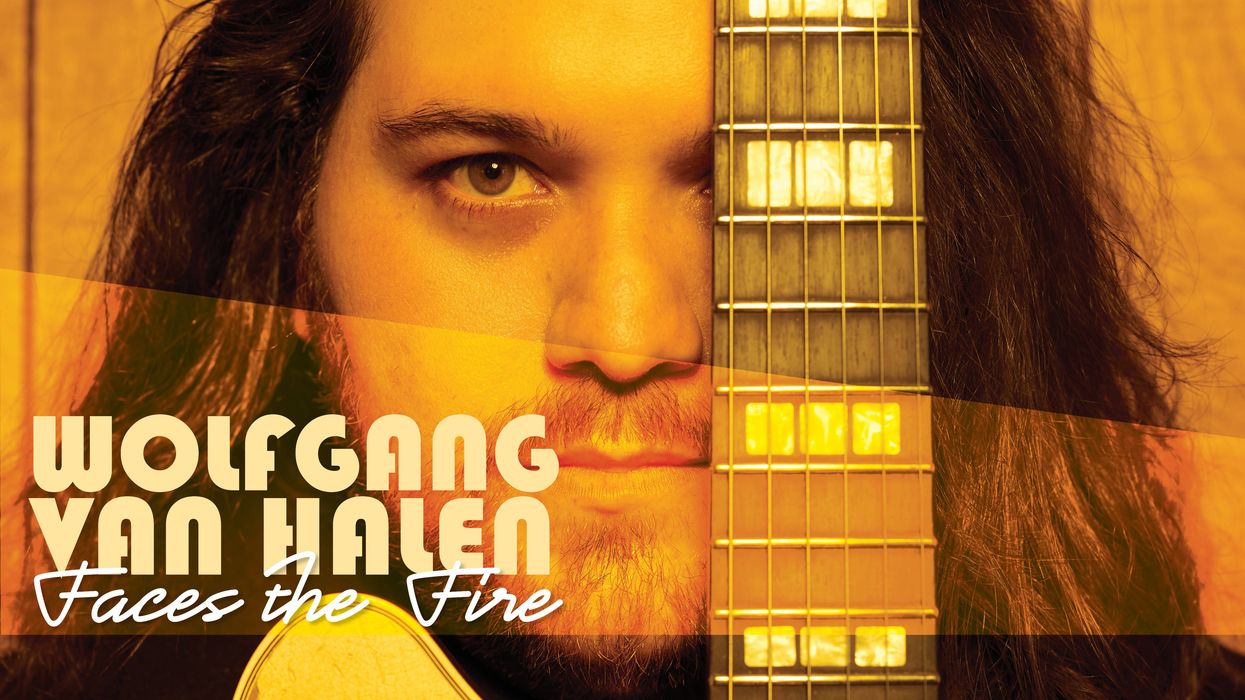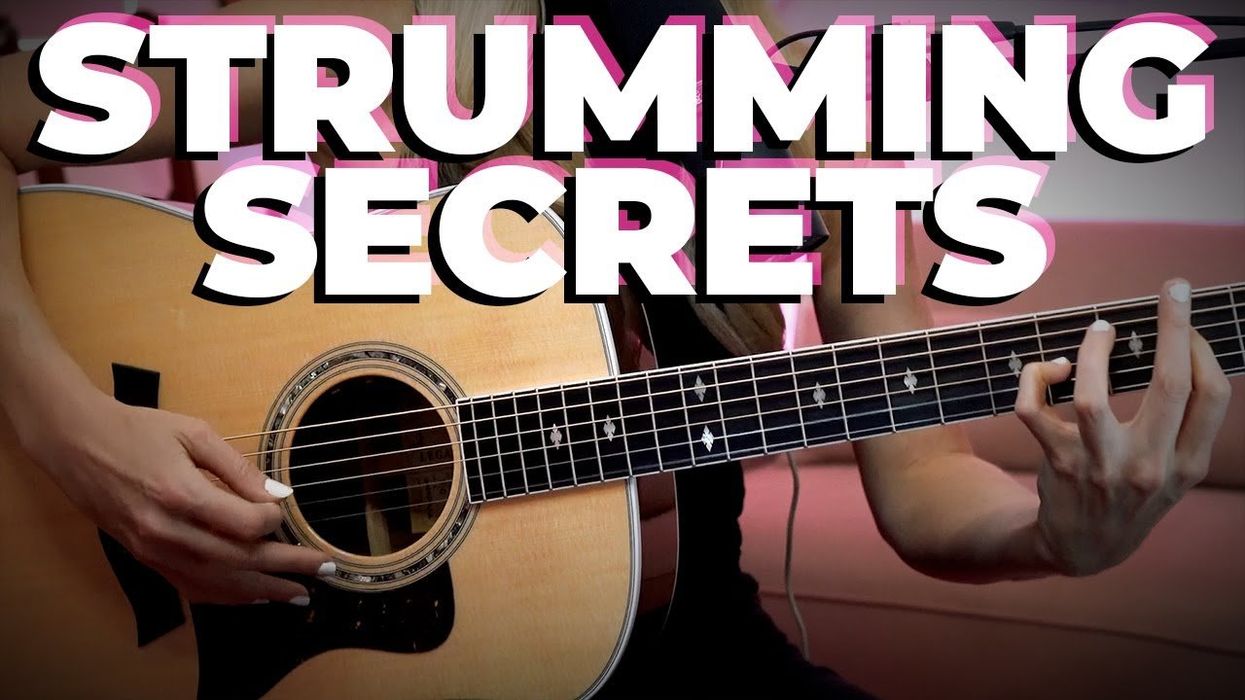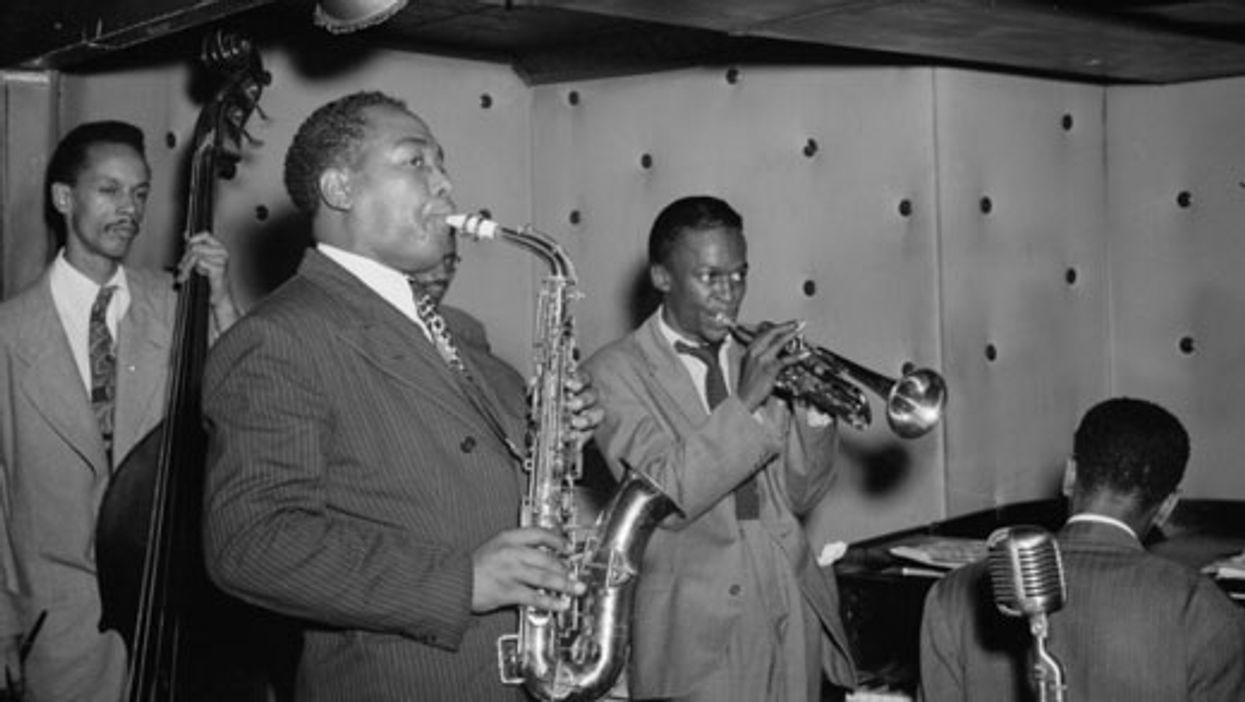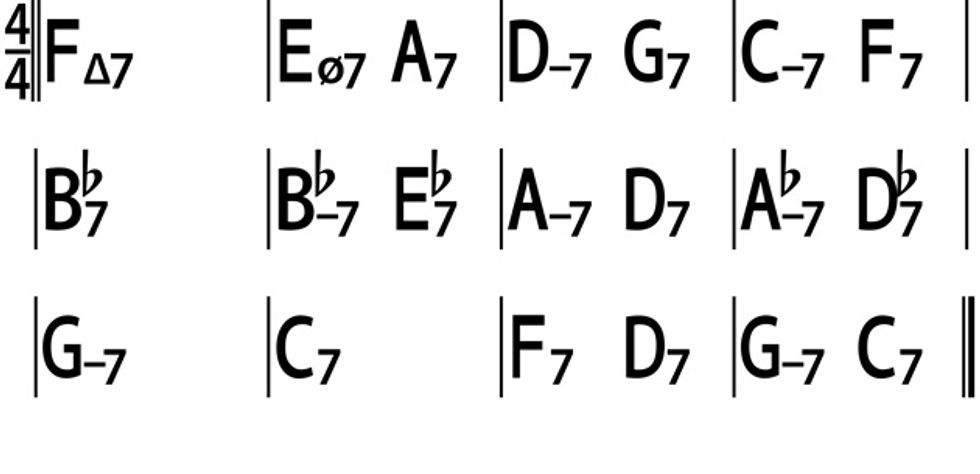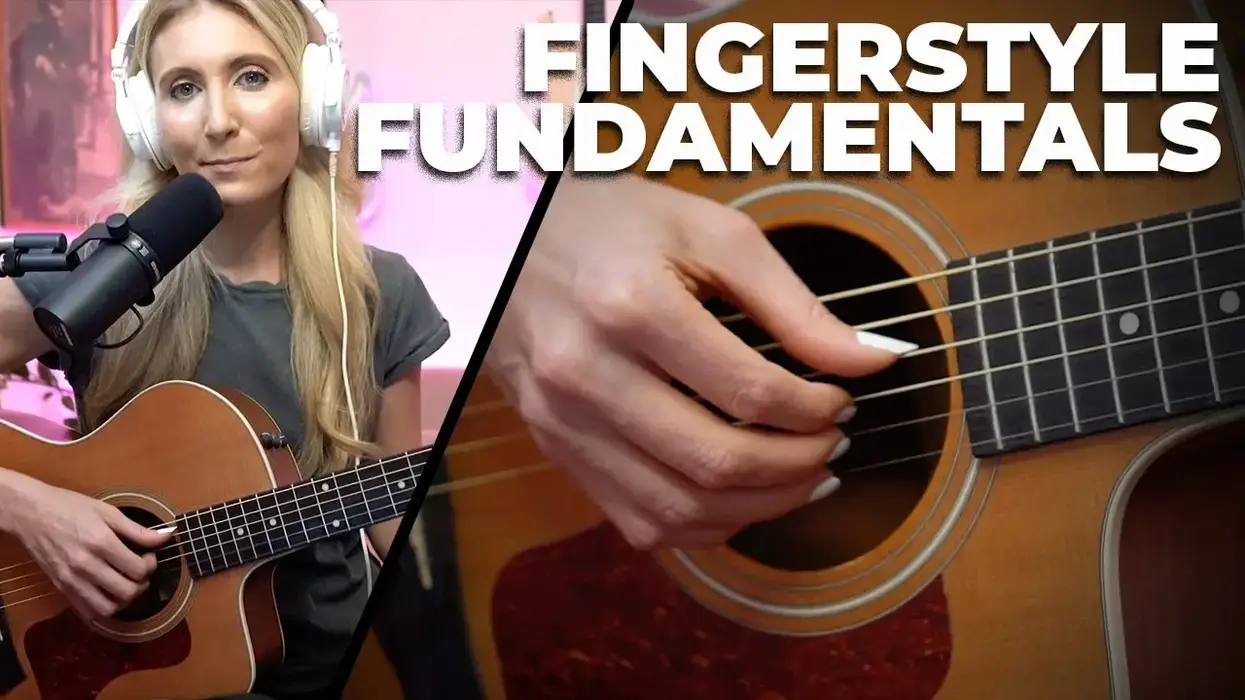Django Reinhardt (1910-1953) was a visionary jazz guitarist. He fused the sounds of his Romani Gypsy folk heritage with the popular swing music of the 1930s to create a unique and exciting style now commonly referred to as "Gypsy swing" or "Gypsy jazz."
Due to a near fatal caravan fire when he was 18, Django's left hand was severely burned, leaving only his index and middle fingers in good working condition. His ring finger and pinky were fused together, and this handicap forced Django to invent a new way of playing his guitar. As a result of his injury, most of his chords were three- or four-note voicings. He could use his fused fingers to play one note or serve as a barre to play more than one note. He was also able to hold down two strings with each of his index and middle fingers. Adapting to his limitations led Django to develop a very distinctive approach to playing jazz chords.
Besides the chord voicings themselves, we also need to discuss the strumming technique called la pompe, which means "the pump"—a vigorous strumming of the guitar. In early Gypsy swing, the ensembles were composed entirely of string players, usually two or three guitarists, violin, and bass. There were no drums, which meant the rhythm guitarists provided the harmony, as well as the drum beat. The swinging guitar rhythm was based on a four-to-the-measure quarter-note beat with ghosted eighth-notes on beats 2 and 4 to emulate the sound of a drummer's hi-hat. The best way to get the feel for la pompe is to listen to Django's recordings and imitate what you hear.
Django Reinhardt & Stéphane Grappelli - Jattendrai Swing 1939 - LIVE!
Ex. 1 uses the chord changes for Django Reinhardt's "Minor Swing" as a starting point. Most of the chords in this example are of the three-note variety. The only four-note chord is the E7. Measures one through four feature Am6 with its root on the 6th string, and Dm6 with its root on the 5th string. Minor 6 chords are used often in Gypsy jazz music instead of minor 7 chords. The formula for these two voicings, from low to high, is root–6–b3. (For Am6, that's A–F#–C; for Dm6, it's D–B–F.) Gypsy jazz has a distinctive diminished quality to it, which is achieved with the minor 6 chord. If you take the notes from the Am6 chord and play them starting with the 6 (F#), you get a diminished triad (F#–A–C). Measure 5 has a Bb7 chord that's voiced, from low to high, 1–b7–3 (Bb-Ab-D). In this instance, the Bb7 is serving as a tritone sub for the E7 chord we play in measure 6. The E7 is a traditional "folk" voicing with the root on the 5th string. In measure 7 we return to our Am6 chord, which then changes to an A7 in measure 8. The A7 voicing is based on the 6th-string shape. Measures 9 through 12 are Dm6 and Am6. The example ends with a double turnaround of Bb7–E7–Am6.
Django's Gypsy Chords Ex. 1
Ex. 2 is the "Minor Swing" chord progression. The difference here is that the chords are now all four-note chords. Our Am6 chord is now 1–6–b3–5 (A–F#–C–E) and the Dm6 is 1–b3–b7–b3 (D–F–C–F). These voicings are not authentic "Django" shapes, but are widely used. We change the Bb7 to a Bb9 by placing the root on the 6th string and moving the 3 down a whole-step to the 9 (C). In measure 8, there's a rootless A9/C# chord that's spelled 3–b7–9–5. Gypsy players would also use this voicing as an Em6 chord (6–b3–5–1, from low to high). Remember to work on your pompe using downstrokes for the quarter-note pulse and upstrokes for the eighth-notes.
Django's Gypsy Chords Ex. 2
The chord changes in Ex. 3 are based loosely around the first A section of Django Reinhardt's "Douce Ambience." In measure 1, we start with a Gm6 chord that's voiced identically to our Am6 from Ex. 2. The second chord is a Bb6 chord built on a new shape with the root on the 6th string. Another interesting point in this progression is the chromatic bass line that goes from Bb6 to Bdim7 to Cm6 starting in measure 4.
Django's Gypsy Chords Ex. 3
Bireli Lagrene - Douce Ambiance (Antibes Jazz Festival 1982) 6/7
We move on to the second A section for "Douce Ambience" in Ex. 4. Measures 1 through 5 are the same as before; in measure 6, however, I use that dual-purpose voicing from Ex. 2 for the rootless Gm6. (You could also see this as a C9/E.) Measure 7 uses an Eb9 chord to approach the D9 chord, instead of the Am6 chord we used earlier. This example resolves to the Gm6 chord in measure 8.
Django's Gypsy Chords Ex. 4
In Ex. 5 we break away from our previous pompe-style rhythm and use a "Charleston" rhythm for the B section, or bridge. The Charleston was a dance craze from the late 1920s that was based on a specific rhythm. Exemplified by its strong dotted-quarter and eighth-note feel, this rhythm lives on today in many forms of jazz, especially trad jazz. Measures 1 through 4 features Abm6 chords in two inversions. The first one is in root position with the root on the 6th string, while the second has the 6 in the bass on the 5th string. We've already played both fingerings, but the trick here is to execute the changes smoothly and in time. Measures 5 and 6 are the same idea using Am7 and Am6 chords. The B section ends with a series of dominant 9 chords with the root on the 5th string. This two-measure rhythmic phrase is the defining moment of this song!
Django's Gypsy Chords Ex. 5
Ex. 6 is the final A section of our song. It's the same as Ex. 4, except for the last chord in measure 8—an exotic Gm(maj9) with the lowest note on the 4th string. From low to high, it's b3–5–7–9 with that unique sound of combining the b3 with a 7. Having no root in the chord makes all the upper extensions really stand out.
Django's Gypsy Chords Ex. 6
Now, let's put them all together. Ex. 7 is the complete song assembled from the previous examples. Pure Gypsy swing!
Django's Gypsy Chords Ex. 7
This article was last updated on May 17, 2021.


